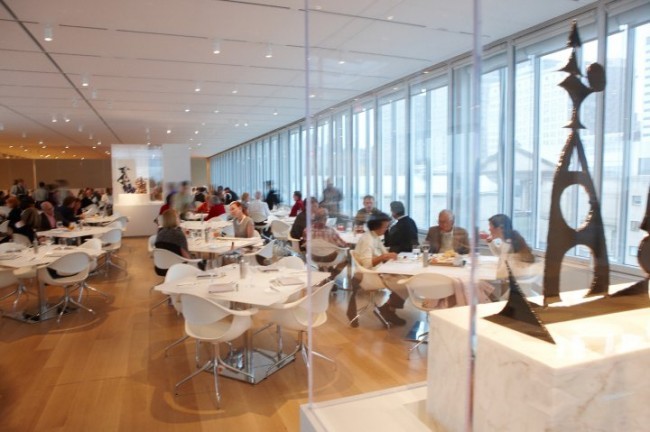With more and more consumers raising concerns about the environment, eco-friendly eating out is one of the biggest trends currently affecting the restaurant industry. But for established eateries and new starters, how easy is it to create a successful restaurant whilst helping the environment?

Grow your own
Restaurants with the appropriate space could consider installing an organic garden. Statistics show that menus with organic food on the menu continue to appeal to a wide range of customers, so there is a commercial benefit here as well as an ecological one.
Whether it is a simple herb garden or a more complex fruit and vegetable growing area, creating your own ingredients can save on money, shipping costs and packaging; all of which is eco-friendly. With a garden in place, it makes sense to implement a programme of composting waste and leftovers to supplement the garden outside. In addition to increasing soil fertility, this is another cost-cutting exercise as less waste means less waste disposal costs.
Reducing water waste
There is no way round it – restaurants use, and therefore waste, a huge amount of water. Whether it is rinsing glasses, running the dish washer or simply cooking, restaurants get through a huge amount of water each and every week. One option here is to purchase and install a water recycling system. Such an investment will save money and waste at the same time.
Build an eco-friendly kitchen
The most important part of any restaurant, it can be tempting to overfill commercial kitchens with the latest gadgets and numerous appliances which leave the room simply eating energy. However, there are ways to create a more ecologically aware environment. When it comes to appliances, it is well worth buying new in order to ensure items will operate at an optimum level. Websites such as Fridge Freezer Direct offer a huge range ideal for companies of all sizes. But aside from choosing the right commercial fridge freezers and cookers, you could make sure the very fabric of the kitchen is environmentally aware. Choosing recycled worktops and responsibly sourced materials can create an eco-friendly kitchen from the ground up.
What’s on the menu?
In addition to a continued curiosity in organic foods, consumers are increasingly interested in where the meat and seafood they are eating actually comes from. When it comes to seafood, restaurants who wish to be considered eco-friendly should aim to only serve sustainable fish. And with growing concern about the environmental impact of eating too much meat, restaurants would be well-advised to not just consider the origin of the animals on the menu but how much of the meat is used. Chefs who are able to use each and every part of the animal will save restaurant owners money, create intriguing dishes for diners and, most importantly, be doing their bit for the environment.
Production line
One final tip for restaurants keen to boost their eco-friendly status is to create a set of products manufactured in-house. It might be jams and preserves or even home-brewed ales, but making your own can work wonders in helping the environment: not to mention its potential as a unique tool for marketing your business and boosting your profits.





Leave a Reply
You must be logged in to post a comment.